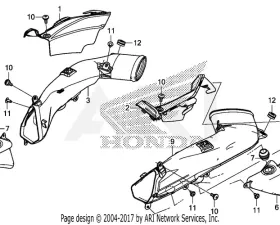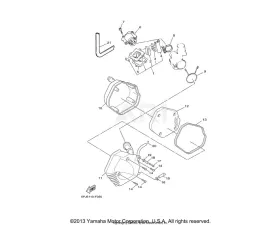NOW TILL 11/14 ENJOY $1 to START Financing - LEARN MORE
Air Intake

UTV Intakes
UTVs are just like cars. It has four wheels, it has a steering wheel, and just like any normal car, an internal combustion engine. And because UTV’s have engines, they must also have air intakes to feed the engine of air to make power. A UTV’s air intake system is made to be more durable than an OEM car intake because a UTV is usually driven in harsher conditions as opposed to a street car’s mundane commute. Aside from being made stronger, a UTV intake works similarly as a normal car intake.
All engines require a steady stream of air to run properly. Air is essential to an internal combustion engine. Without air, cars won’t work. It is a good thing that humans need air to live because there is an abundant supply of air.
The intake system is a set of components that essentially allows the internal combustion engine to inhale in the same way as the exhaust system allows it to exhale. Early auto intake systems were simply inlets that allowed air to flow unimpeded into the carburetor, but modern systems are much more complex.
The simplest intake systems consist of little more than a fresh air inlet, but modern (fuel-injected) systems typically include:
- an air filter- a component which removes particulate matter and other impurities from the air. There are two types of air filters used for automotive applications: regular engine air filters and cabin air filters. Engine air filters are an important part of the intake system as they are responsible for providing filtered, particulate-free air to the engine. Similarly, cabin air filters are responsible for removing contaminants (primarily pollen and other allergens) from the air entering the passenger compartment.
- an air flow meter– a component used to measure the amount of air entering the intake system of the internal combustion engine. Since modern gasoline engines need to maintain tight control over the air / fuel ratio, it is imperative that there is a way to determine how much air is entering the system at any given time, and mass air flow sensors are one way to do this.
- an intake manifold- a component that delivers air or an air / fuel mixture to the cylinders. The design of these components varies widely from one application to another, but they all perform the same basic function, and they all have a single input and multiple outputs. The intake manifold connects the carburetor to the intake ports in carbureted engines. The intake manifold connects the throttle body to the intake ports in fuel-injected engines.
- a throttle body- the intake system component of fuel-injected engines that the driver controls with the accelerator. Although the accelerator is commonly referred to as a "gas pedal," it does not actually control the delivery of fuel to the engine. It actually controls the flow of air instead. Specifically, in fuel-injected engines, the angle of the butterfly valve inside the throttle body is controlled. Typically, the throttle body also includes a throttle position sensor (TPS) which reports the angle of this valve to the engine control unit ( ECU) which uses this information in various calculations.
Some UTV’s have air boxes that only allow cold air to enter the engine. An air box is an empty chamber on the intake side of most modern internal combustion engines. It collects air from outside and feeds it to the intake hoses of each cylinder. It also protects the air filter from the various harsh elements that could potentially weaken and damage it. This allows the air filter to do its job of filtering out any impurities in the air before it flows into the engine.
Unlike older cars that used the Venturi effect to draw air in using their carburetors, newer, fuel-injected engines draw air into an air box which is connected directly to the intake ports. This allows the use of one air filter instead of many, and allows the designers to exploit the properties of air to improve performance.
What is a UTV?
ATVs have either three or four wheels. Tires are kept at a lower pressure than standard car or UTV tires. Utility Terrain Vehicles, or UTVs, are built and used more for work than for recreation. They are large, powerful, capable of seating passengers side by side, and built with plenty of storage space. They are commonly used to transport equipment and supplies to locations that make it impractical or impossible to use a truck.
Like a car, UTVs have a standard wheel base (four wheels). However, they can have more wheels for specialized purposes. UTVs are faster and more powerful than ATVs, but not as nimble. Their top speed is generally between 25 mph and 50 mph. UTVs have a lot of storage space in them. Most known for transporting feed, hay, and farm supplies, they are becoming more popular in non-agricultural communities. They are not unusual in schools, where they are used to transport water jugs, sports equipment, and sometimes, people.
Buying from Vivid Racing is the best choice you can make. We back every part we sell with our guarantee of satisfaction. Hands-On Experience and Professionalism is what makes us the best.
Buy online or give one of our world-class sales professionals a call at 1-480-966-3040 If you don't see what you are looking for.

.jpeg?q=90&p=thumb&w=200&h=200)



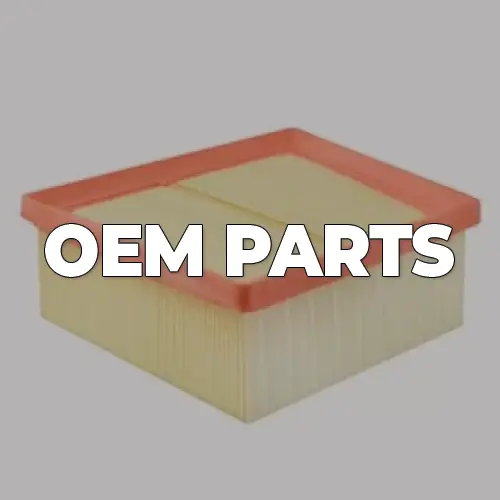

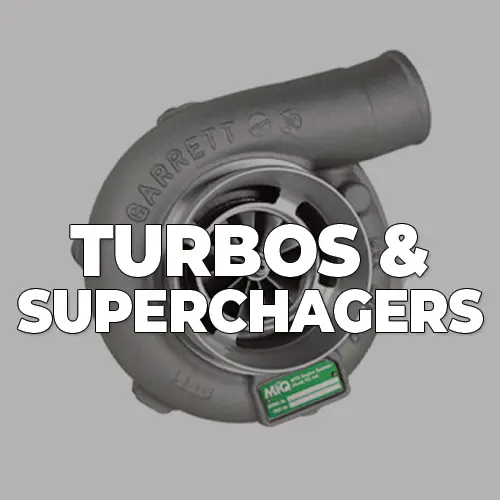

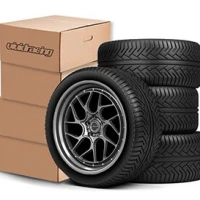


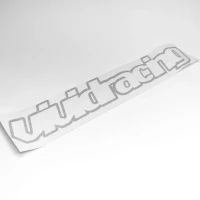
.jpeg?q=90&p=thumb&w=40&h=40) Brakes
Brakes  Driveline
Driveline  Electronics
Electronics  Handlebars & Controls
Handlebars & Controls  Package Deals
Package Deals  Wheel Accessories
Wheel Accessories  Wheels by Vehicle
Wheels by Vehicle  Tools and Maintenance
Tools and Maintenance  Universal & Repair
Universal & Repair  Vivid Racing Gear
Vivid Racing Gear 